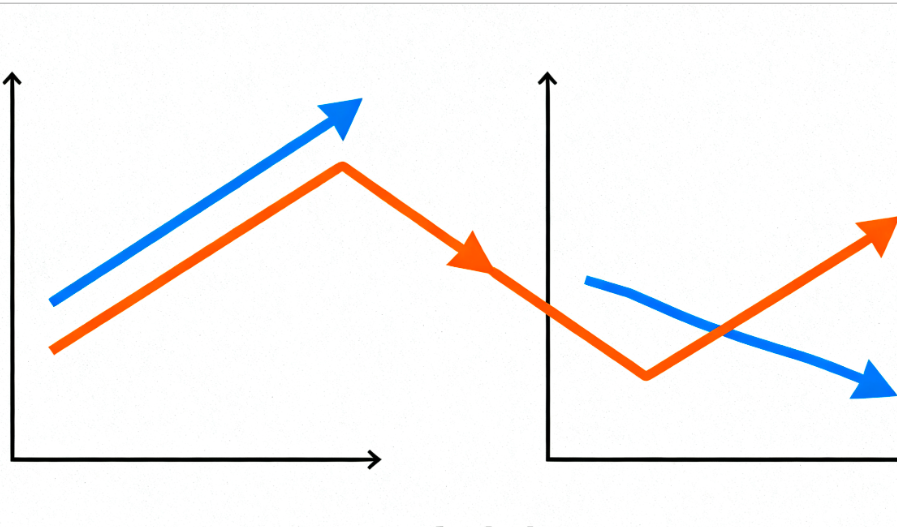
On October 15th, Brevis released the "Pico Prism" technical product, which triggered collective acclaim from Ethereum officials and sparked heated discussion within the community.
On October 16th, the official Ethereum account reposted Brevis's "Pico Prism" tweet with the caption: "This is a major step towards the future of Ethereum. Zero-knowledge proof technology like Pico Prism will enable Ethereum to scale to meet global demand while still maintaining trustworthiness and decentralization."
On October 15th, Vitalik retweeted and posted: "Great to see @brevis_zk's Pico Prism entering the ZK-EVM verification space! An important step forward for ZK-EVM verification speed and diversity."
Ethereum core developer Justin Drake also joined the chorus of praise.
What is the background of Pico Prism that has earned it such enthusiastic endorsement from the official Ethereum account?
I. The Technical Breakthrough of Pico Prism
Pico Prism, developed by Brevis, has achieved Real-time Proving (RTP) for Ethereum Layer-1 using consumer-grade hardware equipped with 64 RTX 5090 GPUs. In tests conducted in September, Pico Prism achieved 99.6% real-time proof completion in under 12 seconds.
A blog post released by Brevis introduced Pico Prism as follows:
Pico Prism is the first to achieve real-time proving for 45M gas limit blocks using affordable consumer-grade hardware. We benchmarked Pico Prism on 8 servers, each equipped with 8 RTX 5090 GPUs, totaling 64 GPUs. For comparison with the SP1 Hypercube, we uniformly sampled 1,000 blocks from the same time period used in Succinct's benchmarks. For 45M gas limit blocks, we benchmarked every block generated on September 1, 2025.
Beyond individual metrics, Pico Prism demonstrates a 3.4x performance advantage over SP1 in terms of speed and cost efficiency (calculated as average verification time × hardware cost).
By utilizing consumer-grade RTX 5090 GPUs, Pico Prism demonstrates that real-time verification is achievable without expensive data center hardware.
Multi-GPU and Multi-Machine Proving
The migration from a single-machine, single-GPU prover to a fully distributed multi-machine, multi-GPU architecture represents a major breakthrough for Pico. At the core of this leap is a thorough redesign of the computational pipeline.
Thanks to Pico's modular design, the proving process is broken down into multiple stages, from simulation to layered recursion. Compute-intensive workloads are offloaded to GPUs, while setup tasks remain on CPUs, executed in a highly parallel pipeline that keeps GPUs saturated and running at peak efficiency. This extreme optimization and parallelization delivers near-linear speedups when scaling across multi-machine, multi-GPU setups. The result is transformative and undeniable: Pico Prism achieves true real-time proving at Ethereum scale using easily accessible consumer-grade hardware.
Future Plans
With the release of Pico Prism, the path towards Ethereum L1 zkVM integration becomes clearer. While we are only 2.2% away from our updated sub-10-second real-time verification goal, we have begun rolling out some low-hanging new features to easily achieve this target.
The next major milestone for Pico Prism is focusing on reducing verification costs. We have a roadmap aimed at achieving 99% real-time verification using fewer than 16 RTX 5090 GPUs within the coming months.
II. Implications for Ethereum
1. Enabling Lightweight Verification
This breakthrough means that computationally expensive proving can finally keep up with block production speeds using affordable consumer hardware, making lightweight verification practically feasible for the first time. Currently, every validator re-executes every transaction to verify a block, which requires expensive hardware and creates a fundamental bottleneck. But "real-time proving breaks this model. One prover generates one proof, and others verify it in milliseconds."
2. Towards 10,000 TPS
According to the Ethereum roadmap, validators will transition from re-executing transactions to simply verifying ZK proofs, enabling the base layer to reach 10,000 transactions per second.
Ryan Sean Adams of Bankless pointed out: "If scaling at 3x per year, Ethereum L1 will reach 10,000 TPS by April 2029."
Bitcoin security researcher Justin Drake explained: Ethereum's Fusaka upgrade, expected in December, will streamline real-time proving. "EIP-7825 limits gas usage per transaction, enabling more parallel proving via sub-blocks. By the end of this year, several teams will be proving every L1 EVM block on 16-GPU clusters with total power consumption under 10kW."
3. Nodes Runnable on Mobile Phones
Tech entrepreneur Mike Warner stated: "The future of phones as nodes is about to become reality."
Adams noted that Ethereum is transitioning into a zk chain: Layer 1 will run global DeFi with large blocks at 10,000 TPS, and nodes will be runnable on mobile phones, while Layer 2 will run everything else. "No other blockchain follows this strategy – using zero-knowledge proof technology for maximum scalability and decentralization. Bitcoin remains conservative with first-generation cryptography. Ethereum is actively transitioning to second-generation cryptography. Other blockchains scale using nodes that require data centers."
This is essentially the holy grail of blockchain: achieving massive scalability without sacrificing decentralization or security.
III. What is Real-time Proving and Why is it Important for Ethereum?
Real-time Proving is a new, more efficient technique that allows transaction verification by generating a small proof, rather than having every node re-execute all transactions. This significantly increases transaction speed and reduces costs. For Ethereum, it is crucial because it enables massive scaling without sacrificing decentralization, making Ethereum transactions faster, cheaper, and more secure.
-
Massive Scaling: Real-time proving greatly enhances Ethereum's transaction processing capacity without compromising decentralization.
-
Reduced Costs: As nodes don't need to perform complex computations, transaction costs are significantly lowered.
-
Increased Speed: Transaction verification speed is vastly improved, leading to a better user experience.
-
Enhanced Security: By making transaction verification more efficient and secure, real-time proving helps strengthen the security of the entire Ethereum network.
Brevis CEO and Co-founder Mo Dong stated: "The data speaks for itself. The infrastructure we built handles the data Ethereum actually produces in production today. Faster performance brings economic benefits, making real-time proving practical for production deployment."
With Pico Prism, the roadmap for Ethereum L1 zkEVM integration is now clearer.
















